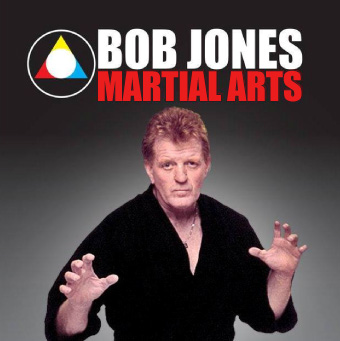HISTORY
Arnis, Eskrima and Kali are the most commonly known terms used to describe traditional Filipino Martial Arts.
They are arts based on flowing, economy of motion and adaptability, passed on by people who used it in defence of their lands, and in recent times, applying them in the sporting arena on a worldwide scale.
The arts have their roots deep in the culture and history of the Filipino people, with the exact date of their origins remaining unclear to this day.
The Filipino Martial Arts date back for thousands of years, and were originally combative in nature, but were later preserved through dance, religious theatre and mock battles, (known as Moro Moro), with the desire to develop the individual practitioner’s warrior spirit, and for the maintenance of their physical health.
Traces of historical evidence have revealed that these arts of self defence – involving the use of a single stick, two sticks, a long and a short stick, a dagger, or some other blunt instruments no doubt existed long before the arrival of the first Spanish colonizers in the Philippine islands.
The first known Filipino hero, Lapulapu, was believed to be one of the foremost masters of his time in Filipino Martial Arts, who had vigorously trained and prepared his men for fights against his enemies long before his historic battle with Ferdinand Magellan on April 27, 1521, at Mactan Island.
It was in this battle that Lapulapu and his warriors met the modern weapons and body armour of the finest Spainish steel with wooden instruments, spears and bolos, and when the epic battle reached it’s conclusion, the Spanish conquistadors were found to be no match for the aggressive Filipino warrior spirit.
Magellan lost his life in that battle, and according to the surviving Spanish soldiers, his body was never retrieved as it was ripped apart and scattered across the battlefield. It was in the battle of Mactan where the native martial arts were put to a real test against the modem weapons of the Spanish invaders. When Miguel Lopez de Legaspi landed in the Philippines andestablished the first settlement in 1565, he and his men noted that the Filipinos were in a class of their own in the arts of stickfighting and blade or swordfighting.
He had his first glimpse of the natives exceptional skill and ability during his landing in Leyte in 1564 when he was entertained with a demonstration by the warriors of Chieftain Malitik. Similar observations were made when visiting Limasawa, Camiguin, Cebu and other places. Filipino Martial Arts were then the favorite sport of the royalties and everytime a demonstration or competition was held, people came in droves to watch.
The popularity spanned well up to the Spanish times, however, when the Spaniards gained substantial control of the country they discouraged practice of the arts. Fearful of the Filipinos skills, they imposed a total ban on their practice, stating the unusual long hours spent in practice and training led to a neglect of their daily work. Hence, the Filipinos put aside their training devices and abandoned their practice.
It was not until the 19th century that the Filipino Arts began to surface again into popularity among the natives. This was the time of the introduction of the ‘Moro Moro’ plays and dances which became popular among the Filipinos, and gave them the opportunity to circumvent the rule which prohibited the display and carrying of bladed weapons. These plays resulted in the people mastering the arts with the use of pieces of hardwood, or with the use of fire hardened rattan or cane.
Due to the Spanish influence the Filipino Martial Arts came to be known as “Arnis de Mano” – derived from a Spanish word “arnes”, meaning trappings or defensive armor.
It also acquired namesakes such as “estokada”, “estoque”, “fraile”, or simply “arnis”.
The word “eskrima” is derived from the Spanish word “esgrima”, which means “a game between two combatants with the use of blunt instruments”.
The name of the stick which could be either rattan or a piece of hardwood used in “eskrima” is called either – “olisi”, “baston” or “garote”.
The word “eskrima” became popular in the early years of the American regime, when the first Filipino Martial Arts club, organized in Cebu City, in 1920, the Labangon Fencing Club used the term in their practice of the arts. This group was dissolved in later years due to serious political conflicts among it’s members.In 1932, the Doce Pares Association, was formed with a nucleus of well known grandmasters based in Cebu, with this organization’s popularity and name becoming synonymous with the practice of Filipino Martial Arts, and being credited and accepted as adapting the arts into a form of competitive sport.
In fact, the present tournament rules adopted by the World Eskrima Kali Arnis Federation (WEKAF) have been substantially lifted from the old rules of the Doce Pares Association.


 Find us on Facebook
Find us on Facebook